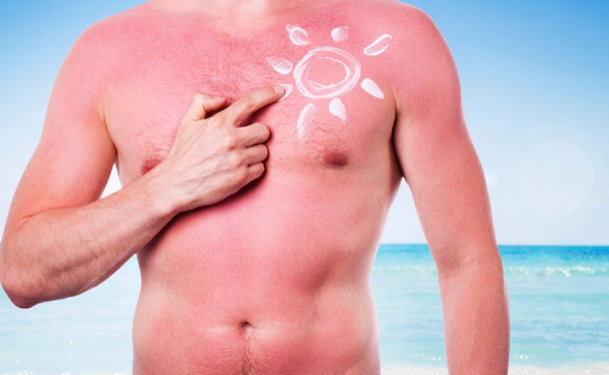The sun does a lot of wonderful things for us, like make plants grow, keep us warm, and help us make vitamin D. Unfortunately, the sun isn’t so wonderful for our skin. The damage from UV rays not only ages your skin, it can also put you at risk for skin cancer, and once the damage is done it can be difficult to reverse it. However, there are things you can do to rejuvenate sun-damaged skin, diminish fine lines and wrinkles, eliminate sun spots, and reduce your risk for skin cancer.
1. Consult a professional for treatments to rejuvenate sun-damaged skin.
One of the more promising professional dermatology treatments for sun-damaged skin is the fractionated CO2 laser treatment, also known as fractional resurfacing with a Fraxel laser.
It may seem counter-intuitive to use light on skin that was sun-damaged by light, but the type of light emitted by the laser is completely different from the UV radiation that damages your skin. In fact, the type of light emitted by the Fraxel laser stimulates collagen production, which stimulates new skin growth and repairs the damage caused by the sun.
The Fraxel laser works on any part of your body, including your face, neck and hands, but it is most effective on larger areas, like your arms and legs. Patients who have undergone Fraxel laser therapy have reported a 50 to 75 percent improvement in sun-damaged skin including:
- Wrinkle Reduction
- Skin Tightening
- Reduction of Dark Spots (Age and Liver Spots)
Ask your dermatologist about other professional treatments that can reverse the signs of sun damage.
2. Avoid the sun.
Staying out of the sun won’t reverse existing damage, but it can prevent further damage. Experts recommend no more than 15 minutes of sun exposure per week, for vitamin D production. Beyond that you should avoid the sun as much as possible. If you must spend time outdoors, wear a sunscreen that protects you from both UVA and UVB radiation, and has an SPF of 25 or better. You can also protect your skin by wearing hats, long-sleeves, and using an umbrella or parasol.
3. Eat skin-friendly foods.
Foods that are high in antioxidants, selenium, and omega-3 fatty acids all contribute to the health of your skin. These foods and beverages include:
- Cherries
- Mushrooms
- Green tea
- Pomegranates
- Fatty Fish
4. Exfoliate.
Exfoliation removes dead skin cells to reveal the healthy skin underneath. Exfoliating also stimulates new skin growth and gives your skin a healthy glow. You should use a mild exfoliating scrub for your face, and you can use a stronger exfoliating method, like a loofah, for your body. You should exfoliate at least once per day, during your daily shower or bath.
5. Apply topical antioxidants.
Antioxidants not only work on the inside, they work on the outside as well to help reverse sun damage. Try a vitamin C serum, vitamin E oil, or a cream that contains vitamin A before you apply your sunscreen.


